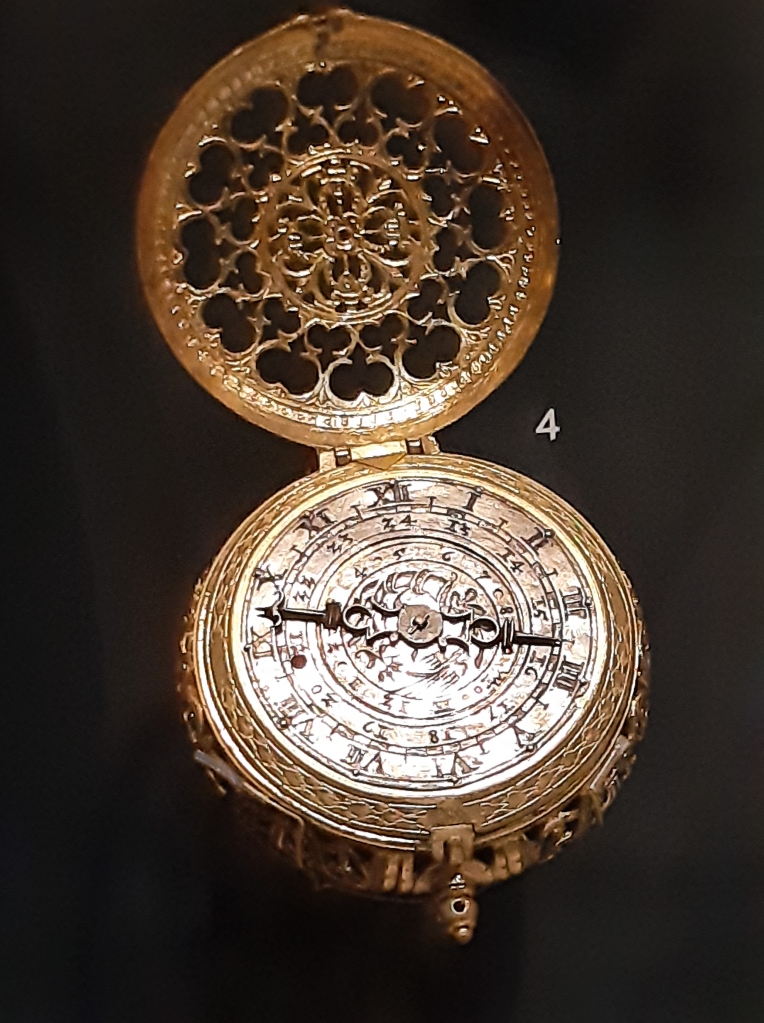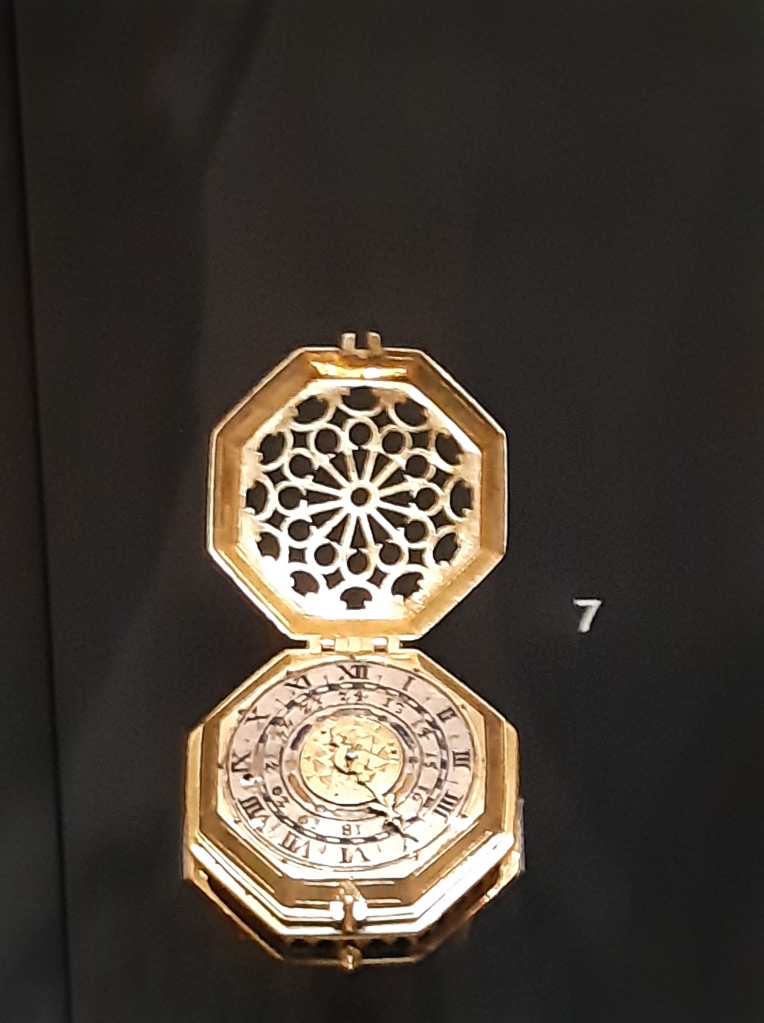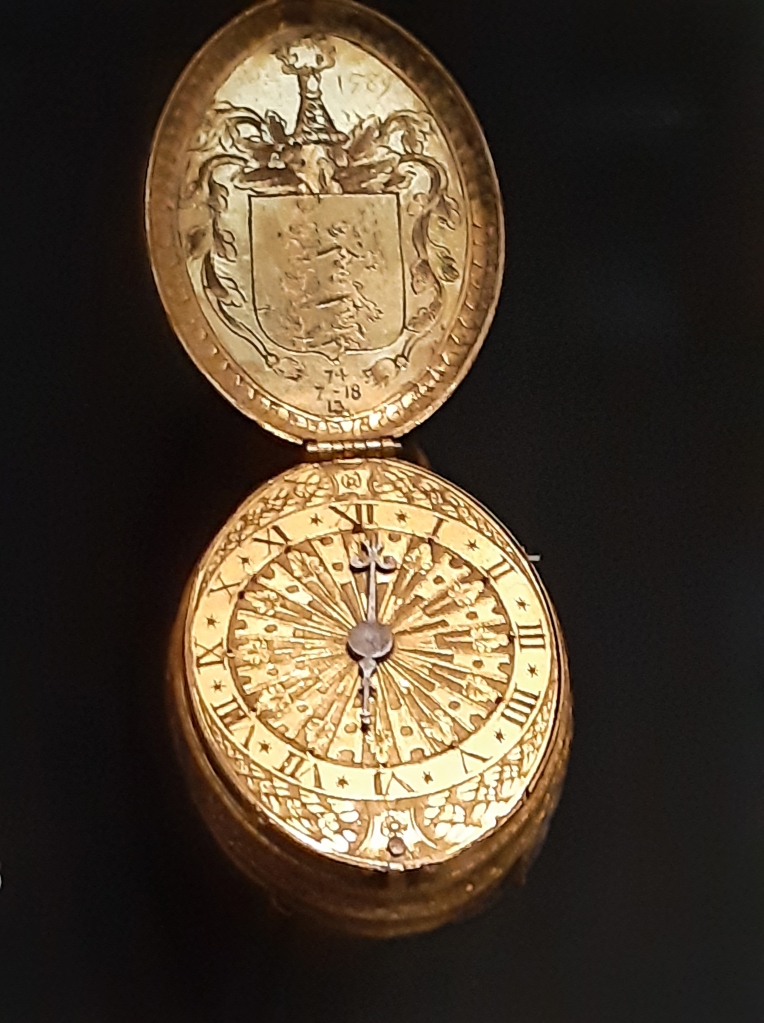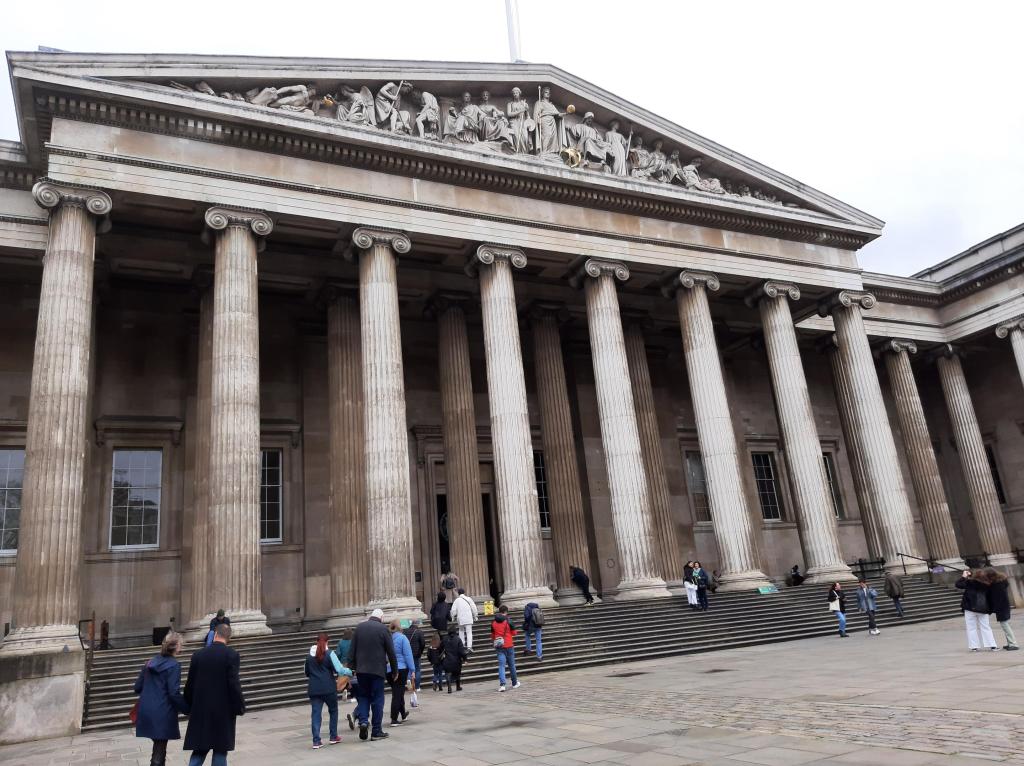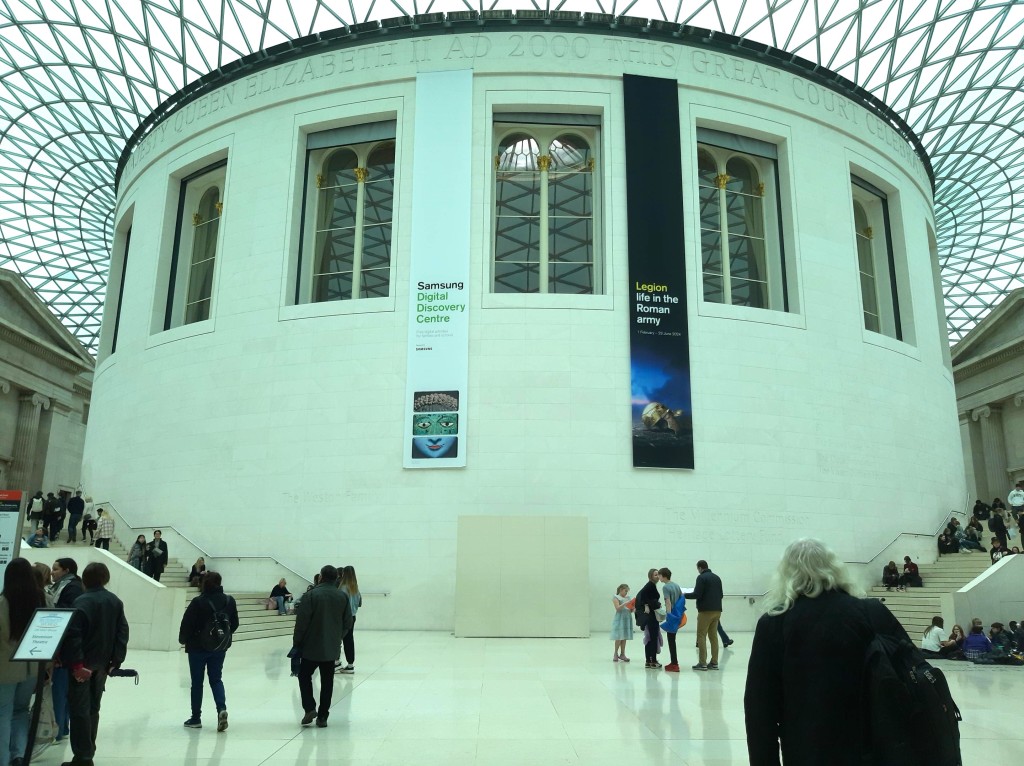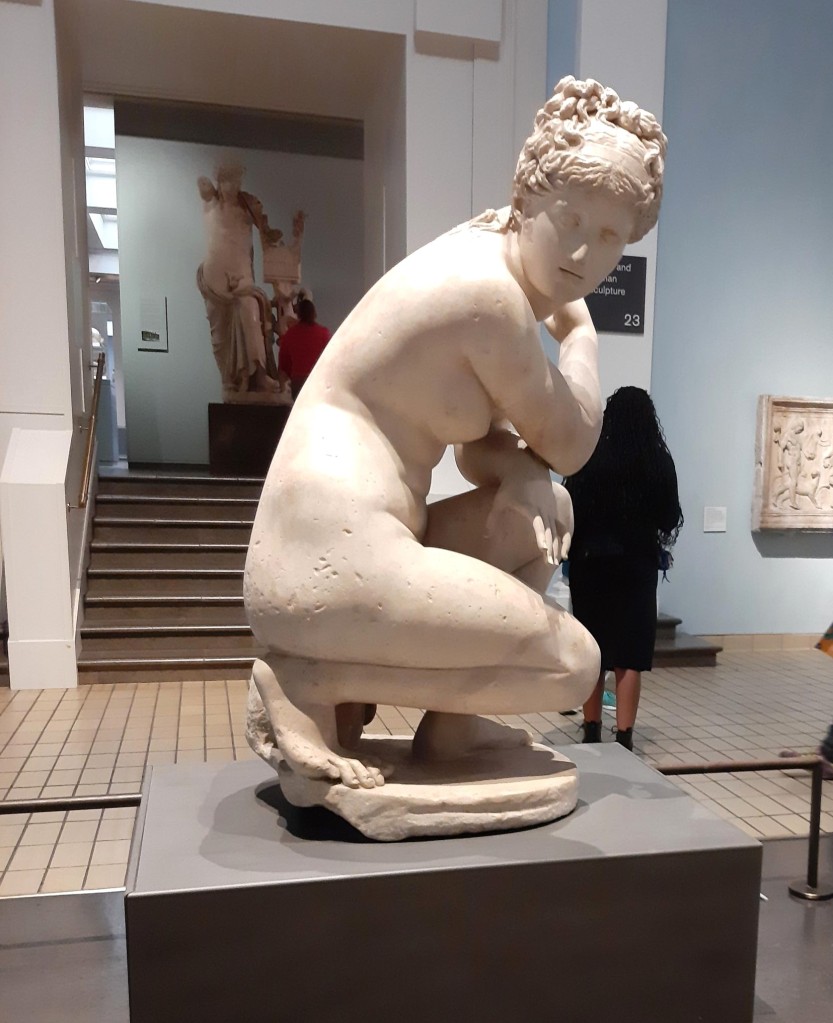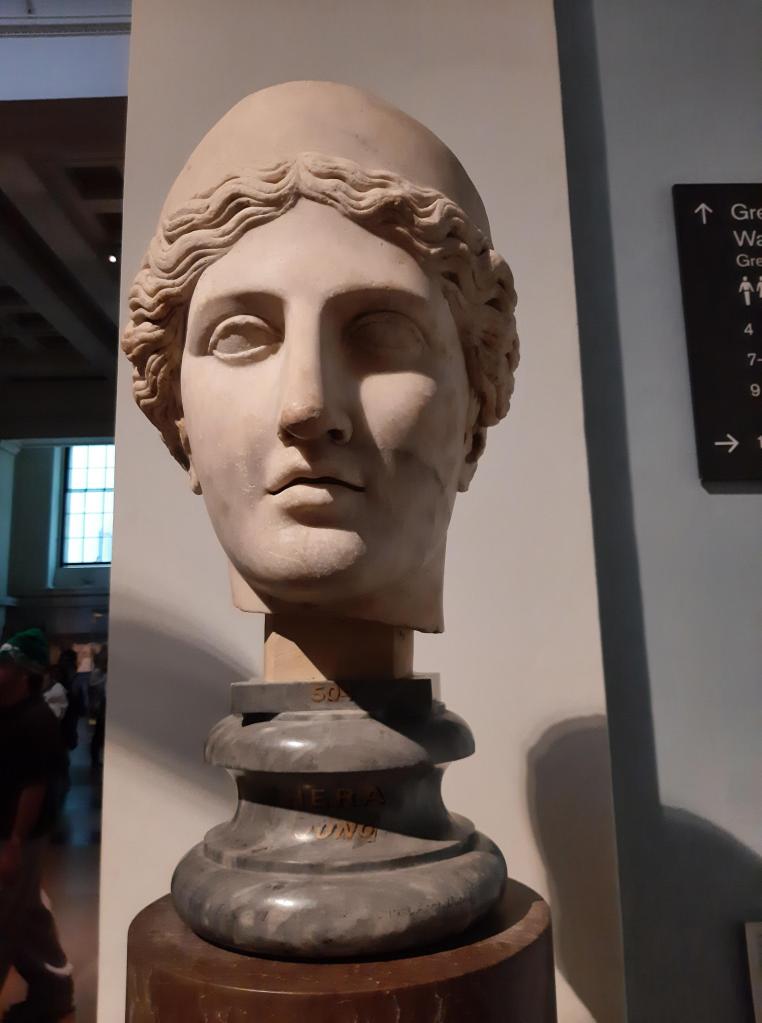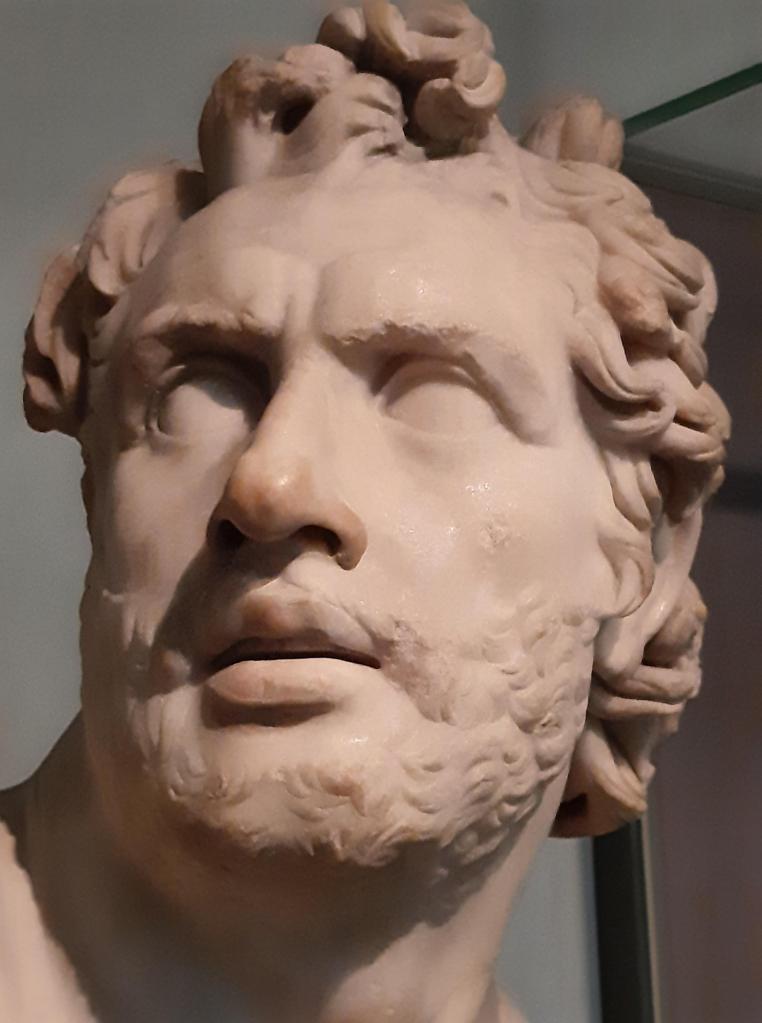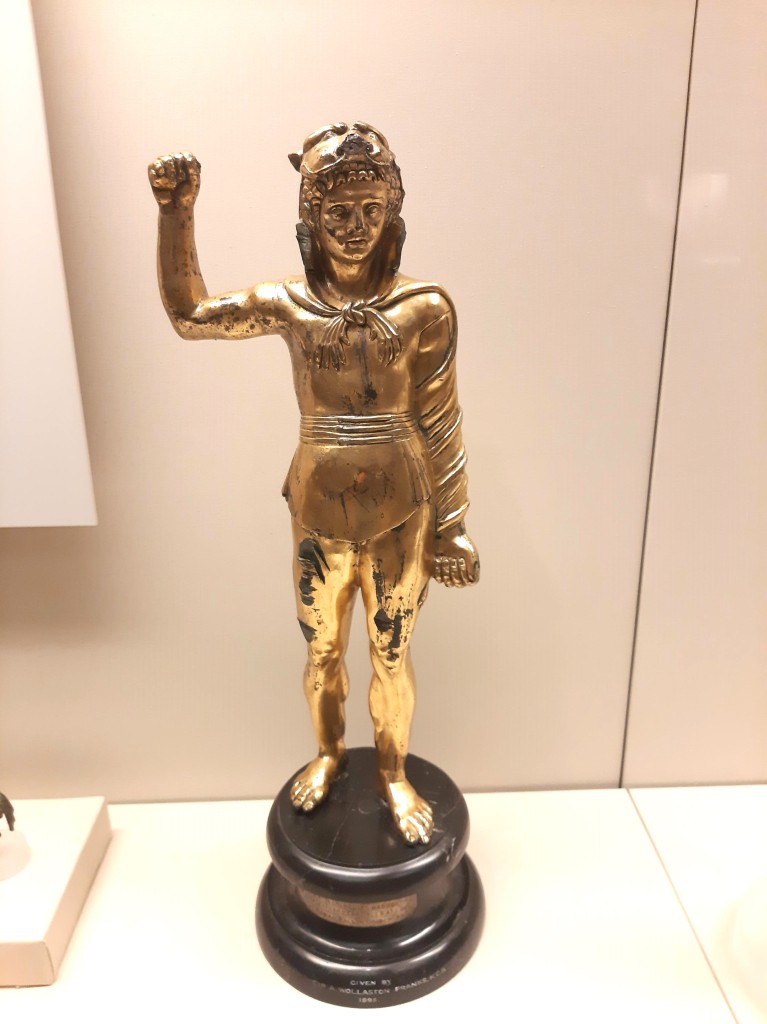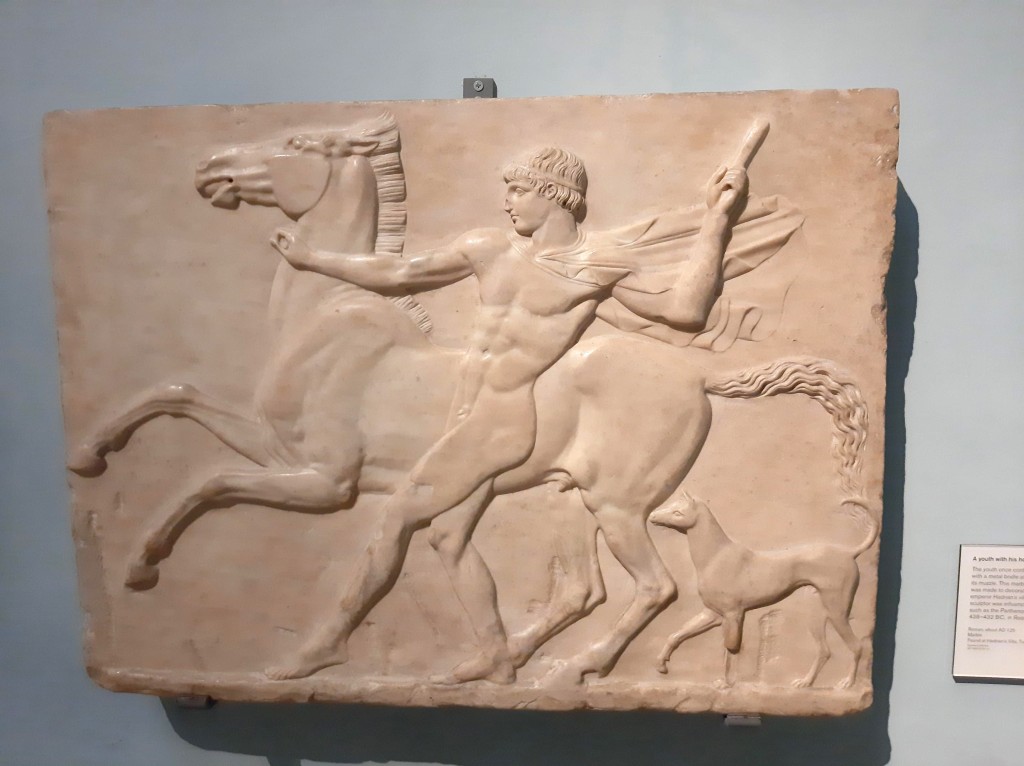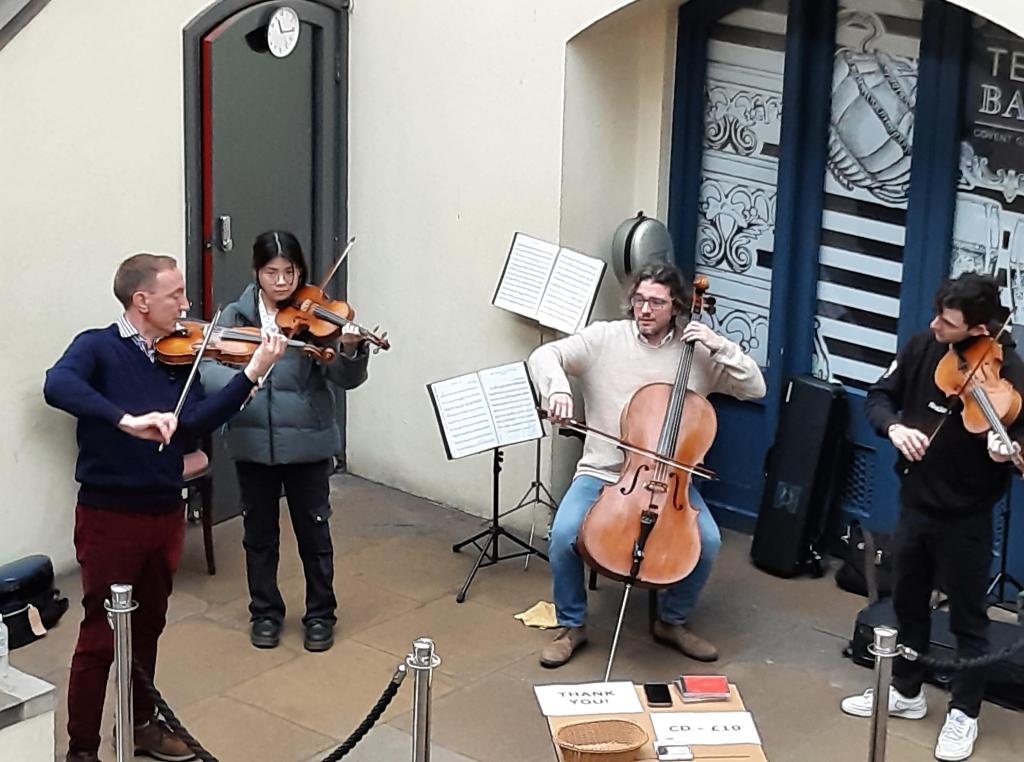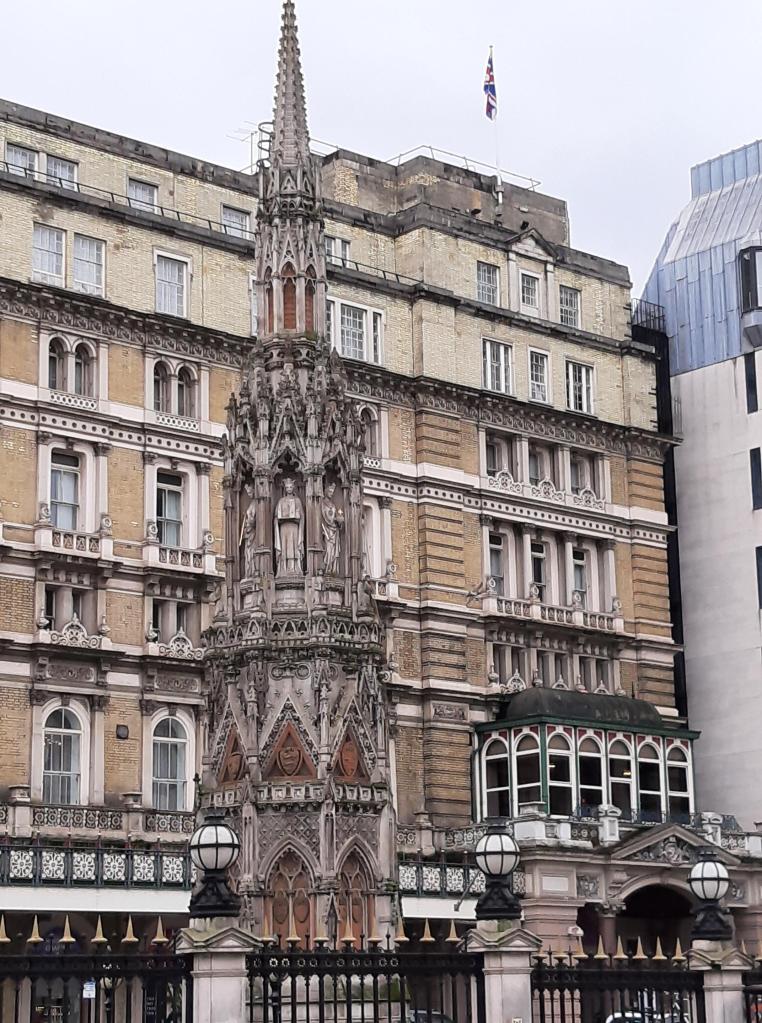So, I mentioned our planned visit to the Classics Day at the British Museum last Saturday, the 15th, in the last post. Well, what a gas it was! Absolutely blown away by the four speakers and their presentations. Going up to London the previous day was an excellent decision, a leisurely stroll to the Museum being preferable to an anxious hour and a half on a train crowded with people going to the Trooping of the Colour! At the end of the day, it was also relaxing to walk back to the hotel rather than fight for a place on the train with the same people, and feeling pretty hungry too.
The first speaker was Richard Abdy, curator of Roman and Iron Age Age coins at the Museum who was also the Curator of the major exhibition ‘Legion: life in the Roman Army’. He was followed by Dr. Daisy Dunn, an award-winning classicist and author of seven books and still in her thirties! She is also a cultural columnist and critic. Her lecture was excellent, being about Homer and the Trojan War. Her decision to leave the photo of Brad Pitt in his warrior outfit up a little too long on the screen certainly pleased the women in the audience (and maybe a few men too). I have looked at a couple of her books and they look very good, very readable, which is something which cannot be said for some works on the Classical period. She’s one to watch out for.
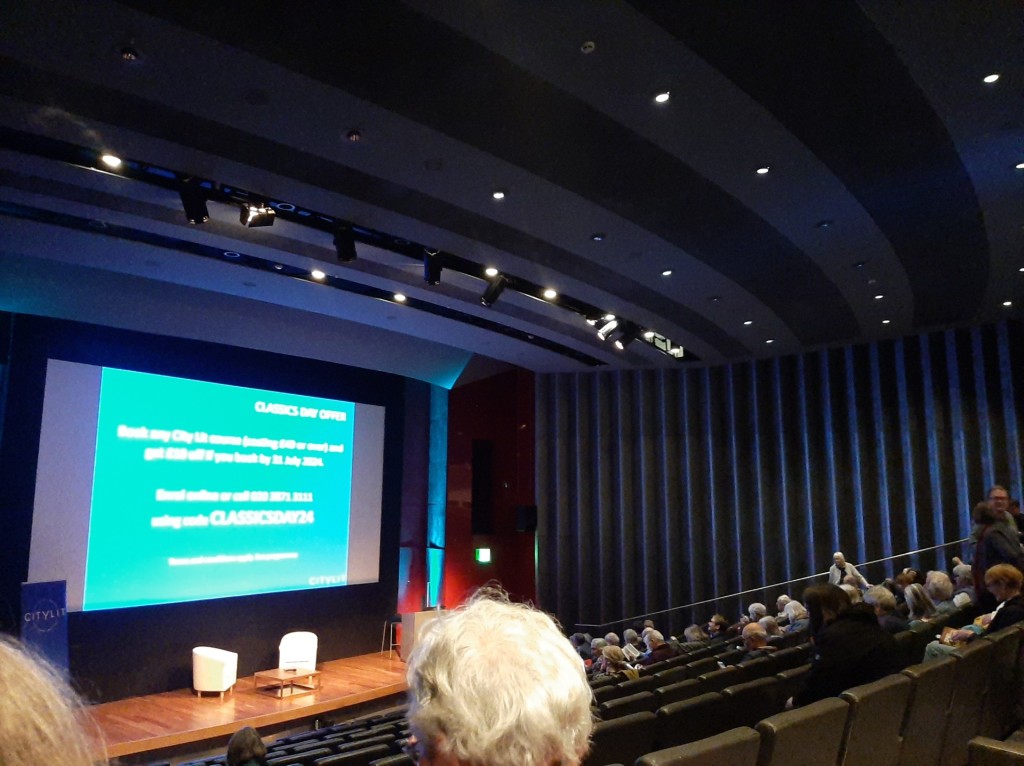
Next was Prof. Ian Morris whose lecture was entitled ‘Killing people and breaking things: What were Roman legions for?’ My eight-year-old inner self loved it! Ian Morris is a lecturer at Stanford University in California and a Fellow of the British Academy. The quote of his title apparently came from US soldiers he spoke to when invited to a base and he asked them what they thought their army was for. They added that unlike other countries, they did not however ‘steal things’. Yes, maybe… His talk was equally impressive as you might expect. The day concluded with a lecture by Prof. Caroline Vout, professor of Classics at the University of Cambridge. She presented ideas about the interpretation of artwork from Ancient Rome and really opened our eyes to misinterpretations. She had a very stated speaking voice, one of those where the last word or two of a sentence is held back for dramatic effect. At times, maybe a little too affected, but an excellent talk which certainly has made me think twice about the mosaics in particular which I have seen.
There was of course the obligatory book-signing session during lunchtime but as all we struggling writers know, never turn down the chance to sell a copy! I had not heard of any of these four people before but I would certainly now buy Daisy’s books and probably Caroline’s. Ian Morris is renowned for ‘big history’, linking events from across the centuries, even millennia, I tend to go for more ‘period’ pieces unless I’m in the pub. But his discussion of ‘mob violence’ and the subtle difference between that and the violence of an army was fascinating. Not many people would expect a lecture on |Roman legions to include a description of the hooliganism of Manchester United supporters!
To top the day off, at lunchtime we went outside to eat sandwiches at the front of the Museum, the clouds blew away, and we had a great view of the fly past for Trooping of the Colour! The tourists coming out at the same time could not believe their luck. Just a shame our aeroplanes looked a little…well…just a little…in Russia or China or the US no doubt there would have been dozens of planes, ours did look a little too little.
So, if you are in the UK next year and interested in the Classical World, you might like to check out who they have speaking and attend. The event is organised by City Lit, a college based in London.



